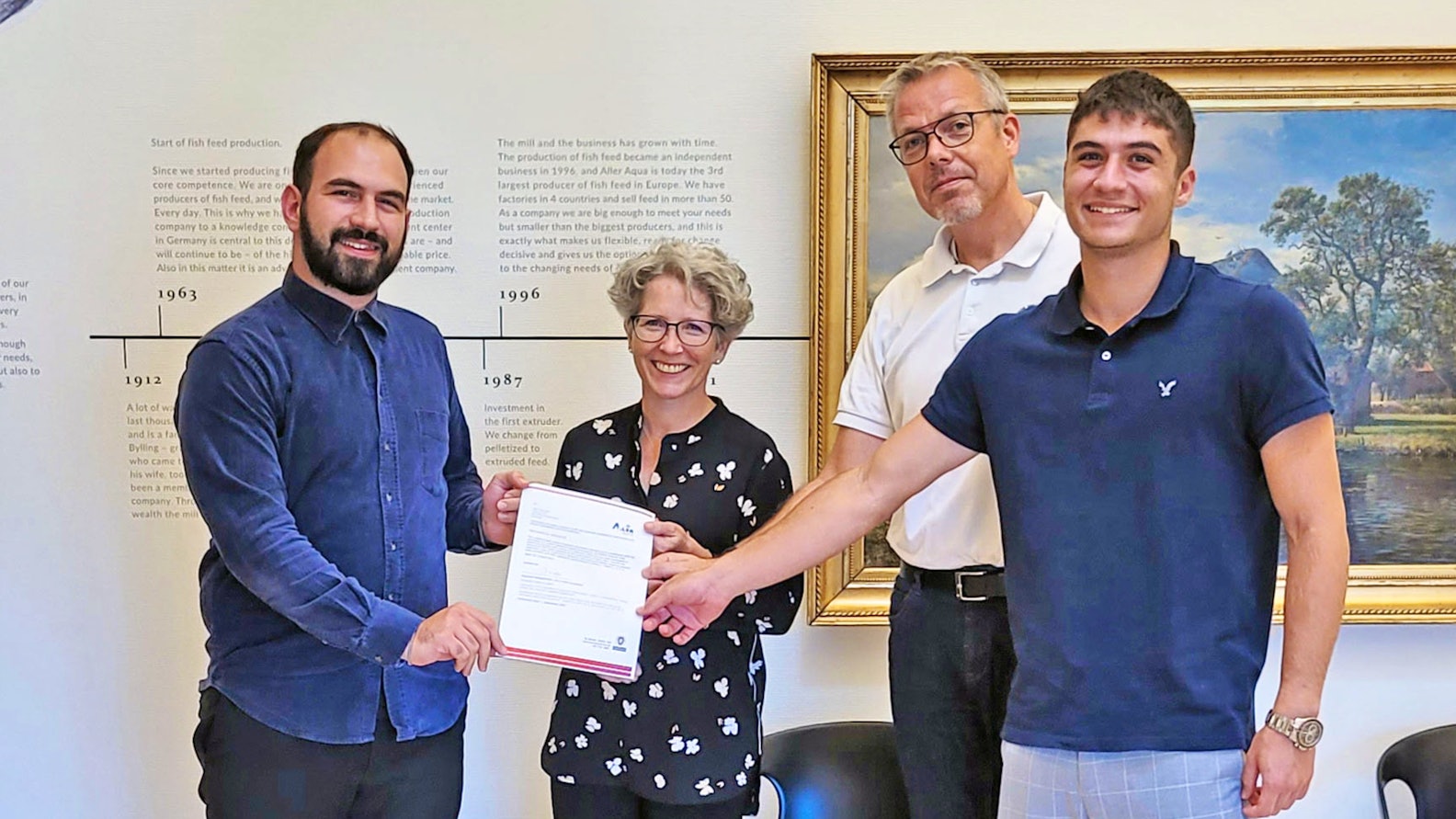We have chosen to label our feeds with CO
Carbon footprint of our products
At Aller Aqua we are proud to be among the first aquafeed companies worldwide to be verified to label our products with CO2 equivalents.
Our labelling is based on the PEFCR guidelines created by the European Commission. The PEFCR guidelines are a ruleset describing how to calculate the environmental footprint of a specific product group. In our instance, we have used:
Displaying our CO
This will enable our customers to calculate and display the carbon footprint of their products. Additionally, the CO
The CO
